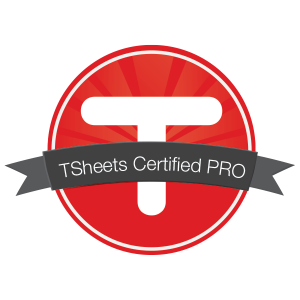Every company should have a strict process to follow when an employee leaves the company, no matter what type of termination it is – voluntary or involuntary. Here’s a checklist you can use to compare to your own process so that you can either confirm you’re on the right track or add some ideas to improve your current methods.
1. Collect the resignation letter.
While so many things are remote these days, you MUST get the employee’s resignation letter in writing and signed by them. If they don’t supply one, create a form they can sign that includes the reason for termination.
If you initiated the termination, have the employee sign the notice of dismissal.
This is not only important for general human relations records, it’s also important this year for any Paycheck Protection Program forgiveness documentation if the employee turned down a hire-back request. There may also be a requirement to submit the paperwork to your state’s unemployment office.
2. Handle legal and benefits issues.
- Collect any company advances owed by the employee.
- Ask the employee if they have any final expense reports to file.
- Remind the employee that certain legal requirements, such as confidentiality clauses and noncompete agreements must be upheld after employment.
- Review insurance options such as COBRA.
- Let the employee know how to access their 401(k) and other benefit plans.
3. Update the payroll system and cut the final paycheck.
Compute PTO and vacation balances due the employee. Calculate severance pay. Cut the final paycheck, incorporating those items.
Review the paycheck amounts with the employee, and ask them for a forwarding address.
4. Collect company property.
The employee should turn over their computer equipment, including laptops, monitors, mice, keyboards, PCs, Macs, phones, beepers, printers, drives, and scanners. Don’t forget to ask for keys, business cards, name badges, security badges, gate and garage door openers, uniforms, and tools. Oh, and company cars or trucks.
5. Revoke computer access.
Any user accounts held in the employee’s name should be revoked. Many passwords may need to be changed. Their email address should either be forwarded to someone else who can answer the emails, updated with an autoresponder, or revoked altogether.
Voice mail and their phone extension should also be re-routed. Take the employee’s name off of any internal distribution list and remove them from the About page of your website.
6. Hold an exit interview.
The business owner should hold an exit interview with the employee if they are leaving voluntarily. Ask questions such as these:
- Why did you decide to start searching for a new job?
- Was there anything we could have done to keep you employed here?
- If you could change one thing about your job, what would it be?
- Could you describe your relationship with your direct supervisor?
- Would you consider working here again?
7. Communicate this change to your staff and customers.
Let your staff know immediately after the employee leaves that they will not be coming back. Don’t go into detail about the termination; that information is private.
If the employee was involuntarily terminated, assure your staff that their jobs are safe (if they are) so they don’t ruminate or spread false rumors.
If the employee worked with customers, each customer should be notified and given the name of the new staff member that will be handling their issues.
Follow these steps to protect your company when an employee is terminated.



 Want a free consultation with us? Give us a call or send us an email to claim your complimentary consulting session.
Want a free consultation with us? Give us a call or send us an email to claim your complimentary consulting session.




